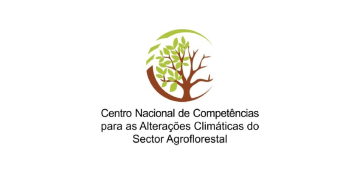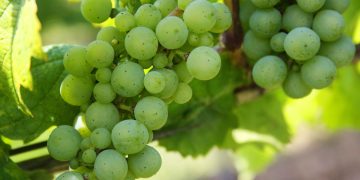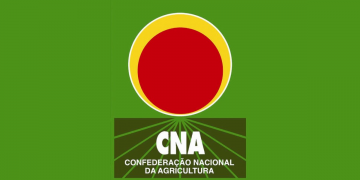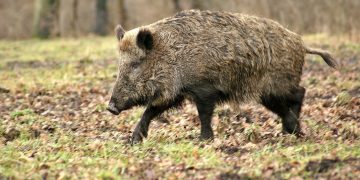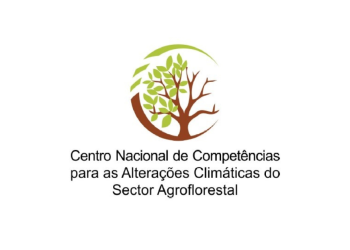Main findings of the July global overview
- The main-season cereal harvest has been completed in southern Africa. Aggregate cereal production is estimated to be close to the five-year average (Food and Agriculture Organization of the United Nations, Crop Prospects and Food Situation, July 2025). The sowing of winter wheat has been completed in South Africa; conditions are above average in the Western Cape, and the size of the area planted is close to the five-year average according to preliminary estimates from the Crop Estimates Committee.
- In the northern part of East Africa, main-season cultivation started in July under mixed agroclimatic conditions. The north-western area of Ethiopia, including Tigray, has been affected by a late start and dry conditions, whereas in south and west Sudan initial dryness was followed by average rainfall in July. Above-average rangeland conditions are observed across the region, except for north-western Ethiopia, parts of South Sudan and parts of Uganda. Agricultural areas in Somalia face challenges due to continued conflict and difficult economic conditions. Acute food insecurity remains alarmingly high across the region, with over 41 million people across six Intergovernmental Authority on Development member states – Djibouti, Kenya, Somalia, South Sudan, Sudan and Uganda – in Integrated Food Security Phase Classification (IPC) phase 3 or worse.
- In West and central Africa, crop conditions are generally average in the bimodal southern parts of the region, as crops have received sufficient water for their development. Early rainfall has been beneficial in most areas of the Sahel, supporting planting activities and early-season crop development. However, a delayed start to the season and below-average crop conditions are observed in parts of Mali, eastern Burkina Faso, western Niger and the Sahelian zone of Chad. Particularly poor crop and rangeland biomass conditions are also observed in central and northern Nigeria and in the Sudanese zone of Chad. The poor vegetation conditions in some parts of the region might be linked to conflict and insecurity, which limit access to farmlands and drive displacement.
- In the Middle East and North Africa, the harvest of winter wheat and barley was completed with mixed results. The harvest was close to average in Algeria, Iran and Iraq, poor in Morocco, very poor in Syria and above average in Tunisia. In Yemen, the second rainy season (kharif), which starts in July, is forecast to bring good rainfall in August and September. The number of food-insecure people (IPC phase 3+) in the country is forecast by the IPC to increase to 18 million between September 2025 and February 2026.
- In central Asia, the harvest of winter cereals is ending with average to above-average production, except for southern Kazakhstan and northern Kyrgyzstan, where the winter wheat yield is below average. In northern and central Kazakhstan, spring wheat is growing in very favourable moisture conditions. In contrast, the biomass of spring and summer crops is below average in Afghanistan, southern Turkmenistan and Uzbekistan, and northern Kyrgyzstan. In South Asia, major flooding in Pakistan caused damage to recently planted kharif crops or delayed their sowing. In Bangladesh, the planting of aman rice is under way in favourable conditions. In Sri Lanka, conditions for second-season yala rice are good. In North Korea, abundant rainfall from April to early July delayed rice growth mostly along the west coast or south-west of Sariwon, but moisture conditions remain favourable for rice and maize.
- In Latin America and the Caribbean islands, large areas of croplands are affected by poor vegetation conditions in El Salvador, Guatemala and Honduras. The situation is concerning, as seasonal forecasts indicate below-normal rainfall in most of Central America until the end of August. In Peru and Ecuador, all major crops are at the harvest stage. In Colombia, poor crop conditions are observed in key grain-producing departments (Huila, Norte de Santander, Tolima and Valle del Cauca). Haiti’s maize harvest prospects are favourable, but some areas are affected by poor vegetation conditions. In Cuba, cumulative rainfall deficits since April are affecting crop establishment.
The next assessment is scheduled for the end of August 2025.
O artigo foi publicado originalmente em JRC.


